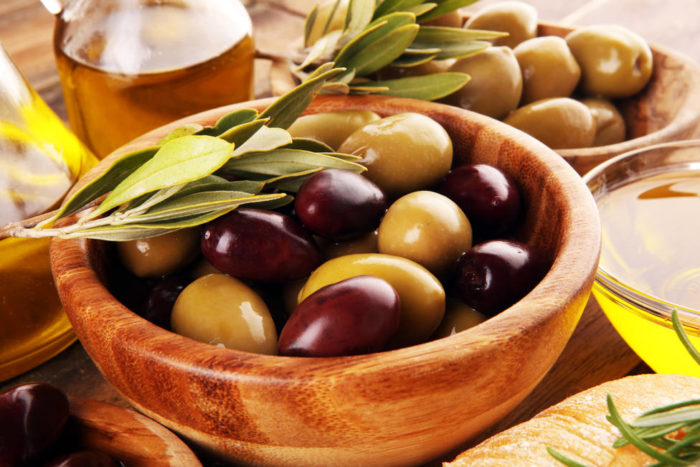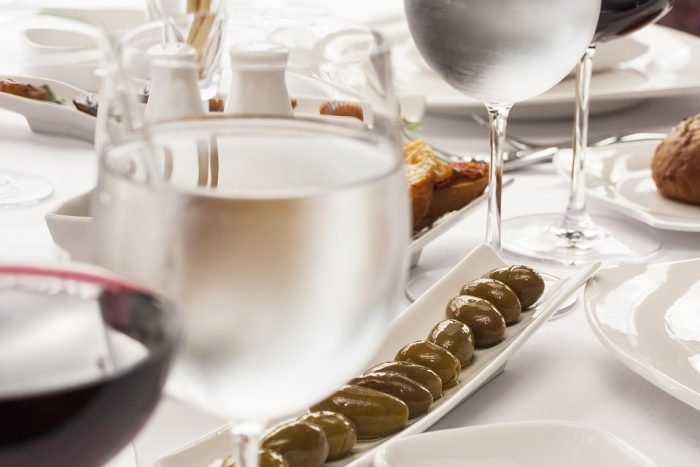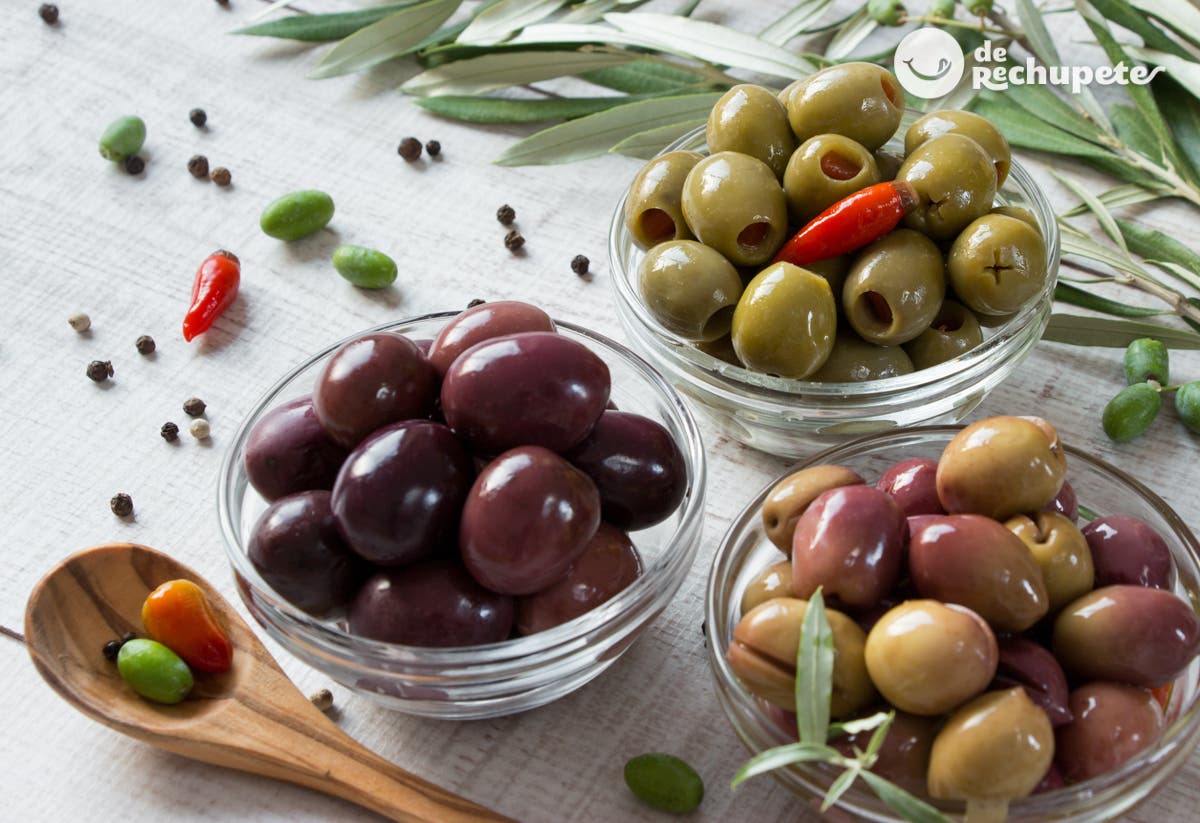In countries where eating olives is comparatively new, it is important to have a benchmark for gauging the quality of a table olive. Consumers should be aware of what to look for in a good quality, tasty table olive. Highlighting these attributes will create awareness about the excellent local products that are available and protect consumers from being served second rate products, which is unfortunately something to which they have become accustomed for far too long.
SA Olive states that the four most prominent characteristics of a quality table olive are:
Appearance

The first characteristic of any product that we notice is, of course, appearance. Table olives should not only taste good, but they should look really good too, especially when being used as a highlight feature in a dish. It is vital to know that these two attributes are not mutually exclusive. A good quality olive should be smooth and shiny, as appearance is that will make consumers decide whether to try the product or not.
Smell

The fragrance of a well-prepared olive should be clean as this will give the consumer an indication that the processing of the olive was managed correctly. The most resilient components are a result of the fermentation process. In the absence of any fermentation, the scent is usually that of the added ingredients, like garlic, herbs and various other flavourings. Any spoiled olives will be noticeable on the nose, and any off-odour is totally unacceptable in quality table olives.
Taste

Although table olives have a unique complexity of flavour, varying from bitter to sweet, taste is usually a subjective matter and it relies on what one has become is used to. For example, when wine is consumed, the non-wine drinker may start with a sweeter wine and then progress to drier wines. In the case of table olives, consumers without an educated palate tend to prefer blander product. Once hooked on these little delicacies, the consumer then seeks out products with a lot more flavour and, in particular, the natural olive flavour.
Texture

While the skin of the olive should appear smooth and shiny, there needs to be a degree of firmness in the flesh. However, it should not be too tough, and therefore be able to detach from the pit quite readily. The texture of an olive is also determined by factors such the ripeness of the fruit when it was harvested, the cultivar as well as which methods were used in the processing/curing of the olives. These methods play important role as they can either maintain the texture of the fruit or compromise it.




